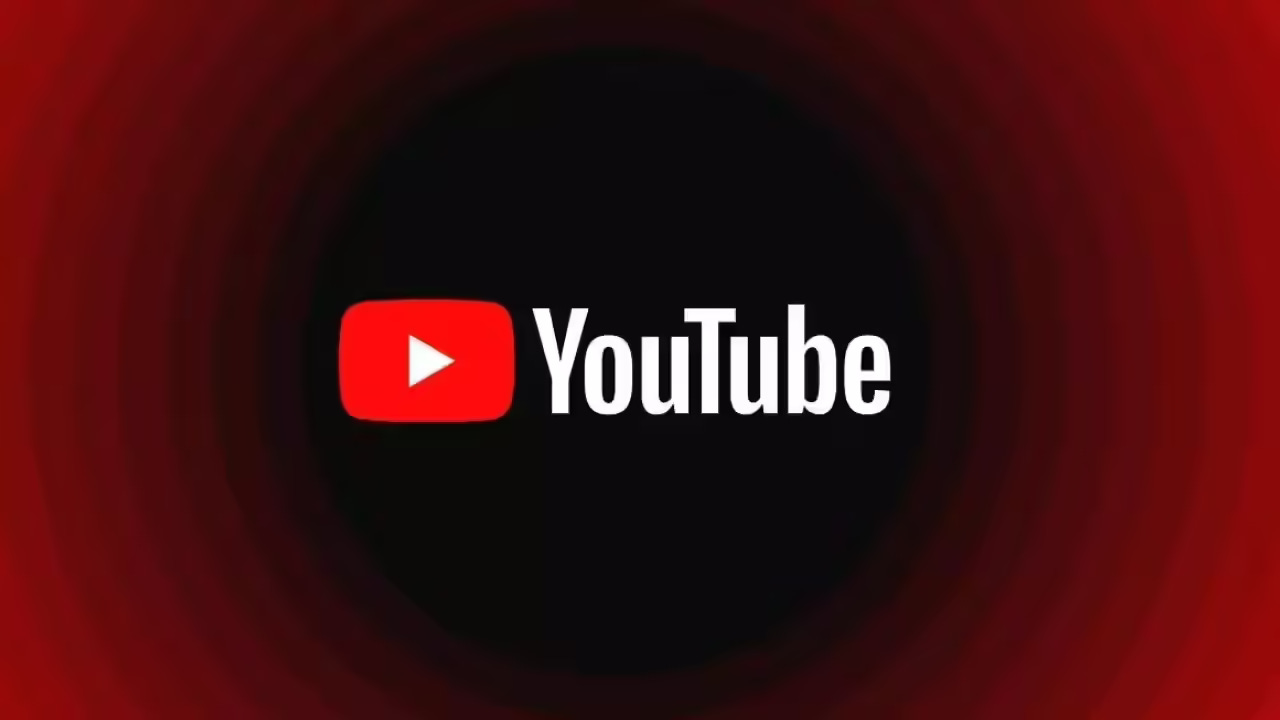Is YouTube Africa’s New Export System?
In 2006, few would have guessed that an online video platform once used mainly for music videos and funny clips would become Africa’s most powerful cultural export tool. Yet today, YouTube is doing for African creators what trade agreements and cultural policies never could — exporting stories, sounds, and cinema directly to global audiences.
Across the continent, creators are bypassing traditional gatekeepers and uploading directly to the world. From the chaotic streets of Lagos to the highlands of Nairobi, YouTube has quietly become a distribution network, film archive, and global showcase for African creativity. But beneath the success stories lies a more complicated reality: Is YouTube empowering Africa’s creative economy — or simply capturing its value?
The Global Cinema Without Borders
For decades, African filmmakers depended on limited channels — local cinemas, state broadcasters, or international festivals — to get their work seen. The result was predictable: brilliant films trapped in small markets.
YouTube changed that.
Today, a Nollywood film shot on an iPhone can be viewed by a Kenyan fan in hours, shared by a Ghanaian diaspora community in London, and critiqued by an American film vlogger in Los Angeles. The platform has dismantled the physical limitations of African distribution, turning broadband into the new export pipeline.
“YouTube is the cinema of the people,” says Lagos-based filmmaker Moses Inwang. “Before, we begged for slots at film festivals. Now, if your story connects, it travels.”
The numbers back him up. Nigeria and South Africa rank among YouTube’s fastest-growing markets globally. African channels like NdaniTV, An African City, and RedTV have cultivated international fan bases, while film collectives in Uganda and Ghana are uploading locally made short films that now attract tens of thousands of views across continents.
YouTube’s influence has become so significant that diaspora audiences now discover African film and culture not through TV or cinema — but through algorithmic feeds.
The Diaspora Effect
Every digital economy has its demand drivers, and for Africa’s film ecosystem, the diaspora is the engine.
For millions of Africans abroad, YouTube bridges the emotional and cultural distance from home. It is not merely entertainment; it’s reconnection. Search terms like “Yoruba movie,” “Nollywood drama,” or “South African vlog” often trend higher in cities like London, Toronto, and Houston than in the countries where the content originates.
A 2023 Google Africa report found that over 60% of global watch time for African content comes from outside the continent, primarily from diaspora communities.
This diaspora consumption has redefined African storytelling. Content that once targeted purely local audiences now travels — forcing creators to produce with a global cultural lens. Subtitles, English-language dubbing, and hybrid storytelling (combining African cultural themes with universal emotions) have become the new grammar of Africa’s digital cinema.
For instance, Bimbo Ademoye’s skit channel blends Yoruba-inflected humor with visual storytelling techniques borrowed from Western sitcoms. The result? A bridge between cultural specificity and global relatability.
YouTube’s open access has thus transformed not only who watches African content, but how Africans create it.
Distribution: The New Currency of Power
If the 1990s were about production (who could make films) and the 2000s were about quality (who could match global standards), then the 2020s are about distribution — who controls the pipeline.
YouTube’s model gives creators instant distribution power. No licensing, no middlemen, no physical cinema chains. Upload. Publish. Share.
But it also concentrates control in algorithms and monetization policies that are not designed with African creators in mind.
For example, CPM (cost per thousand impressions) rates — the amount advertisers pay per view — are significantly lower for creators based in Africa compared to their Western counterparts. A U.S.-based creator can earn up to $5–10 per 1,000 views; African creators often earn less than $1.
In essence, Africa exports culture, but not necessarily profit.
This imbalance reflects a broader problem in Africa’s digital economy: platforms are global, but policies are not. The infrastructure that delivers African content to the world is owned and governed by companies headquartered in California, not Cairo or Cape Town.
That asymmetry means YouTube is both a gift and a gatekeeper — a borderless stage that still controls the spotlight.
Nollywood’s Digital Evolution
Perhaps no industry demonstrates this paradox better than Nollywood, Africa’s biggest cultural export.
In the early 2000s, Nollywood thrived on physical distribution — DVDs sold at bus stops, markets, and roadside kiosks. But piracy and low profit margins crippled the system. The shift to YouTube provided a lifeline.
Channels like Nollywood Realnolly TV and Yoruba Movie Channel now boast millions of subscribers, with ad revenue supplementing (if not fully replacing) DVD earnings. This has birthed a new class of digital film entrepreneurs — filmmakers who understand analytics as well as aesthetics.
Yet the system has its limits. While some creators thrive, many others struggle to monetize due to limited ad access, copyright strikes, and algorithmic inconsistency.
The irony is clear: YouTube has replaced the pirate DVD market, but not necessarily solved the economic inequality behind it.
Still, for filmmakers like Kemi Adetiba (“King of Boys”), the digital shift has proven transformative. She sees platforms like YouTube as an “incubator” — a place to test concepts, grow fan bases, and attract studio partnerships. In her words, “YouTube gave us visibility before Netflix gave us validation.”
From Lagos to Los Angeles: The Visibility Dividend
YouTube’s power lies not just in monetization, but in visibility. African creators who gain traction often attract brand collaborations, film festival invitations, and production deals that extend beyond the platform.
Kenya’s The XYZ Show, a political satire series, leveraged YouTube fame into a television deal. Ghana’s An African City gained international acclaim and later distribution on Amazon Prime.
Even music crossover stories — think CKay’s “Love Nwantiti” or Rema’s “Calm Down” — trace their viral genesis to YouTube.
In this sense, YouTube operates as Africa’s “creative audition stage” — where global recognition begins.
Yet visibility is not the same as ownership. African creators are still participants, not stakeholders, in the global content value chain.
The Algorithm and the Invisible Ceiling
The same algorithm that democratizes visibility also dictates it. African creators frequently report lower engagement and fewer recommendations compared to global counterparts with similar quality and output.
This disparity is partly geographic (limited ad inventory in African markets) and partly systemic (algorithms prioritize regions with higher commercial value).
In other words, visibility is optimized for profitability, not diversity.
This creates what digital strategist Lucky Eholo calls “the algorithmic ceiling” — where creators can reach local fame but struggle to cross into global trending spaces.
Eholo argues that African governments and creative industry regulators need to engage with platform governance as seriously as they engage with trade policy. “When algorithms determine who gets seen, they become economic tools — and Africa must have a seat at that table,” he says.
Beyond Platforms: Building Africa’s Own Pipelines
If YouTube is Africa’s current export system, the next frontier is ownership of distribution.
Platforms like Showmax, AfroLandTV, and IbakaTV are early attempts at localized streaming, yet they face challenges: payment system barriers, data costs, and limited marketing budgets.
However, Africa doesn’t need to copy Netflix — it needs to build platforms that understand African viewing behavior: mobile-first, low-data, and community-driven.
Imagine a platform that integrates storytelling, micro-payments, and social engagement in one interface — built not in Silicon Valley, but in Surulere.
Until then, YouTube remains both bridge and bottleneck — a platform that globalizes African content but centralizes its power offshore.
The Future: Export or Extraction?
The story of YouTube and Africa’s creative economy is one of agency within constraint.
African creators have proven they don’t need permission to participate in the global economy — but the question is whether they can retain the value they create.
To truly become an export system, YouTube must evolve from being a digital marketplace to a developmental partner — one that invests in local monetization systems, language localization, and equitable algorithm design.
At the same time, African policymakers and private investors must view digital distribution as infrastructure, not entertainment. Building fiber-optic networks, supporting local content platforms, and reforming copyright laws are all part of the same creative economy equation.
Because as history has shown, the story of Africa’s creative industries has never been about talent — it’s about who controls the routes that talent travels through.
Conclusion: The Upload Generation
Africa’s creators have become exporters of narrative, emotion, and imagination — one upload at a time. YouTube may not have been designed as a trade system, but in practice, that’s what it has become.
The challenge ahead is ensuring that the export of African creativity doesn’t become the extraction of African value.
Until then, YouTube remains the paradoxical heart of Africa’s creative globalization — a platform that gives the continent a voice, but not yet a fair share of the microphone.
A guest post by
A curious mind exploring the crossroads of creativity and insight.





